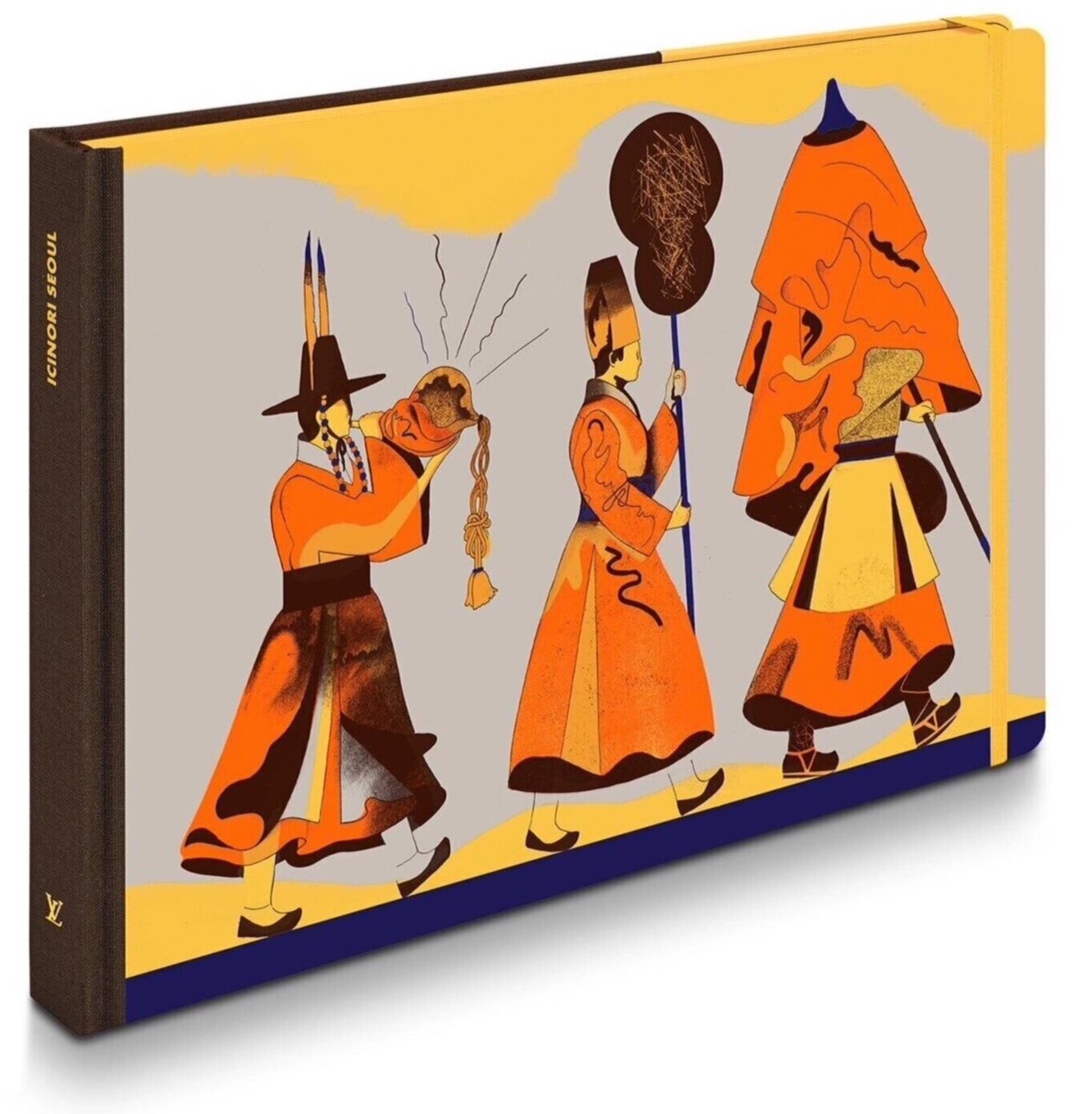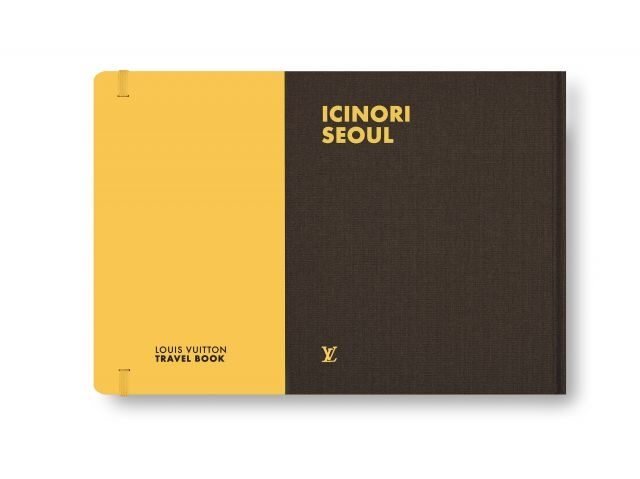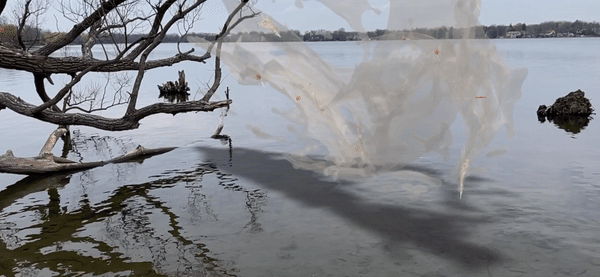LV X Google Lens

Louis Vuitton’s latest Travel Book features Augmented Reality using Google Lens.
The Louis Vuitton Travel Book collection is an invitation to real and virtual voyages. The latest edition, illustrated by design duo Icinori, is dedicated to Seoul and coincides with the opening of the Louis Vuitton Maison Seoul flagship store. The book pages come alive with Augmented Reality (AR) when scanned using the Google Lens mobile app.
The cover features a 2D animation of the Changing of the Royal Guard at the Deoksuggung Palace (pictured below). There are 5 augmented pages in total including: Character Gallery, Bulgogi, Printers, Louis Vuitton Maison Seoul by Frank Gehry.
The first AR prototypes I created back in 2005 were a series of books: memory albums and travelogues, which presented digital 2D video footage from my travels. (The industry at the time was heavily focused on 3D AR and my work was among the first to introduce the use of 2D videos). My interest in creating these travel books was due in part to a desire to capture live moments from my sojourns that were beyond still photographs; video clips temporarily transported me back to these locales to relive those instants. These moving images assisted to evoke and recollect my memories by being able to rearticulate a past vision of a particular location: once again seeing how the waves crashed, how the wind blew, how my body moved in a space which I no longer have physical access to. (See video below from a live demo of the AR Memory Album I created in 2005.)
Augmented Reality Memory Album prototype from 2005 by Helen Papagiannis. Shown demoed live in 2007.
I found that unlike the digital photographs that I took and would eventually print and place in an album, these moving images (MPEG format) most often remained archived on disc or on my computer never to be experienced again. I desired to create a tactile object where I could hold and view these live moments again, alongside my still photographs, offering an opportunity to move through the images, extending into and beyond their virtual viewing space.
In 2005 I created a series of small hand-held AR objects including a palm-sized memory album, a set of paper slides cased in a petite box, and a travelogue, which alongside video-clips, included actual objects from my journeys in addition to hand-written stories accompanying each clip. My early AR work further exhibited a level of intimacy in its miniature scale; most of my projects fit in the palm of the viewer’s hand.
But back to Louis Vuitton and Google Lens. Another way readers of the AR enabled Seoul Travel Book can use Google Lens beyond seeing the book animations is as a translation tool. Point your phone’s camera at printed text and translate it on the fly to the language of your choice, as seen in the video below. (Word Lens was an AR translation application from Quest Visual, which used the built-in cameras on smartphones to quickly scan and identify foreign text, and then translate and display the words in another language on the device's display. Word Lens was acquired by Google in 2014 and integrated into the Google Translate app. It is now available in Google Lens.)
Read more about the history and future of Augmented Reality in my book “Augmented Human: How Technology Is Shaping The New Reality” (available in 5 languages).
Need expert help with your digital strategy? Learn more about my consulting services here.
Book me as a speaker for your next event.
Get your copy of “Augmented Human” (available worldwide in 5 languages) here.
Follow me on Twitter: I’m @ARstories








